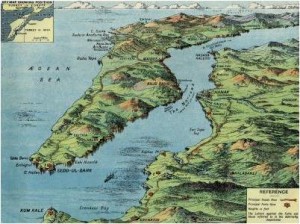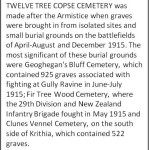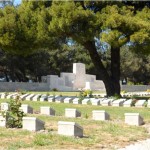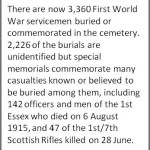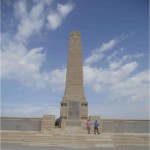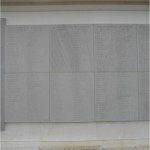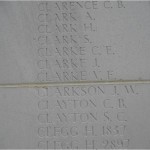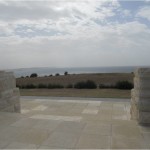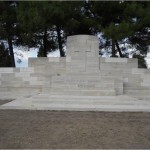The Gallipoli Campaign of 1915-16, also known as the Battle of Gallipoli or the Dardanelles Campaign, was an unsuccessful attempt by the Allied Powers to control the sea route from Europe to Russia during World War I.
Two of the men named on the Great Easton War Memorial fought in Gallipoli – Alexander Barltrop and Victor Edwin Clarke.
Alexander BARLTROP — Remembered in Twelve Tree Copse Cemetery
Twelve Tree Copse Cemetery is in the Helles area, about 1 km south-west of the village of Krithia. Information from:
http://www.cwgc.org/find-a-cemetery/cemetery/2000106/TWELVE%20TREE%20COPSE%20CEMETERY
Victor CLARKE — Remembered on Helles Memorial
The following extracts are taken from Nick Clarke’s account of his great-uncle Victor’s war experiences in the campaign; Victor Edwin Clarke died in Gallipoli on 7th August 1915, aged 23.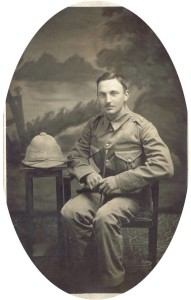
The March 1915 attempt by the British and French navies to force the Dardanelles and open the route to their ally Russia via the Black Sea had failed. It was now decided that to silence the Turkish forts controlling the ‘Narrows’ it would be necessary to mount a land attack on the Gallipoli Peninsula. Initial landings had achieved only partial success and more troops were needed.
Thus the fate of the Battalion was sealed and Victor in ‘B’ Company would have left by train for Alexandria at 10 am on May 2nd under the command of a Major Worthington. The Manchesters set sail at 9 pm on May 3rd on the ‘Derrflinger’, a German ship that had been impounded by the British. Any notion the expedition was to be a joyride must have been dispelled as five hundred wounded Australians were taken off the ship. The decks were littered with bloodstained bandages and clothing.
The 6th Battalion comprised 31 officers and 846 other ranks. A few men had been left in Egypt and others, who were unfit for duty, had been sent home.
[…]
Victor Clarke lost his life on August 7th 1915, in the ‘Battle of the Vineyard’. The British and Allies planned a massive seaborne landing at Suvla Bay on the west coast of the Peninsula. It was decided that a diversionary attack would be mounted from the Helles front, with Krithia again being the supposed objective.
The scene is little changed today – the ‘Vineyard’ was in fact a misnomer as it was then, and still is, an olive grove. The area in which Victor would have attacked is about 300 yards wide by 150 yards deep. The Redoubt Cemetery is on the edge of the battlefield. Various metal artefacts can still be found on the ground.
[…]
Victor has no known grave: it would seem that he was not among the casualties killed by shell fire on the trench. It is likely that he was killed in the 2nd assault starting at 9.50 am. Very few men progressed more than a few yards and he may well have been amongst the dead that could be seen from the British parapet. It is not clear when the bodies were recovered and that may well only have happened after the war. Most of the unidentified dead were buried in the striking Redoubt Cemetery on the very edge of the battlefield and that is likely to be where Victor rests.
He is recorded on the Helles Memorial, which is quite near to the point where he would have landed on W Beach in May 1915.
